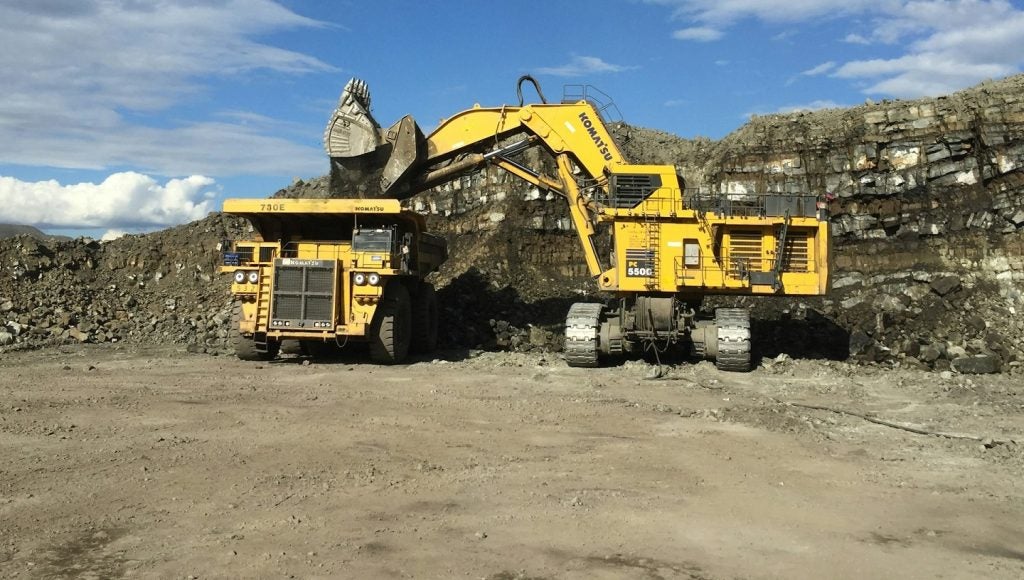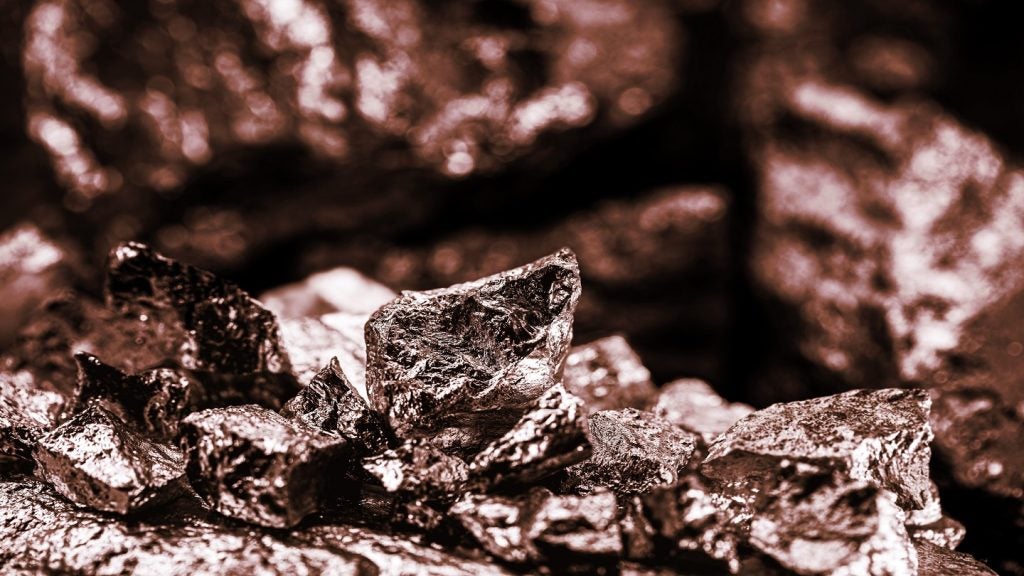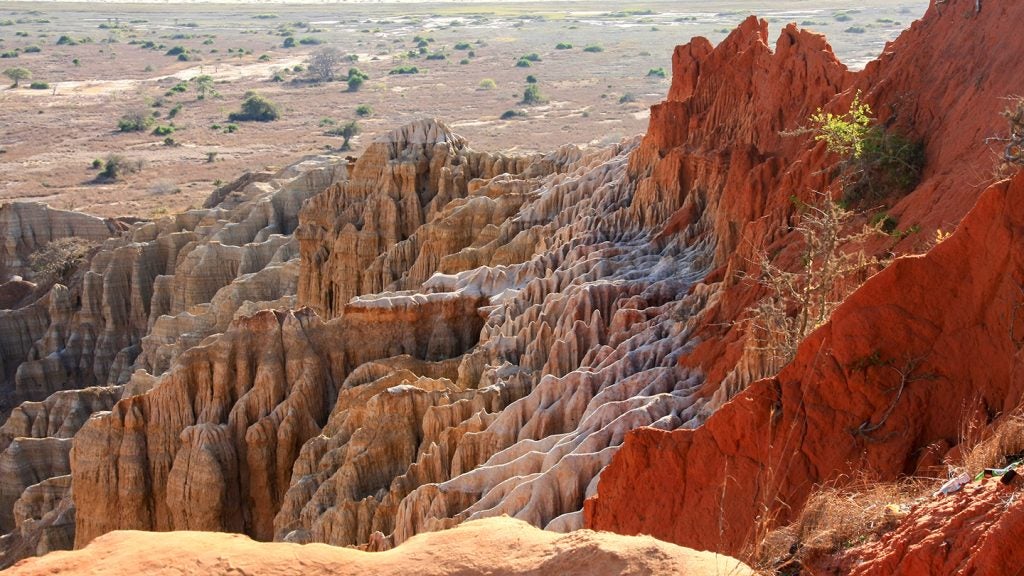
As a result of strong economic growth, the Indian mining industry increased at a compound annual growth rate (CAGR) of 11.1% during the 2004-09 period (the review period), to a value of more than US$20bn in 2009.
During the period of 2010-15 (the forecast period), the expansion of key end markets such as construction, infrastructure and power generation will continue to drive the demand for minerals.
The mining equipment market is expected to grow from less than US$3bn in 2010 to US$4.5bn in 2015. The majority of demand will continue to be met by domestic equipment manufacturers, though the growing market will begin to attract foreign companies.
While coal accounts for more than half of all Indian mining activity, iron ore dominates the metallic mineral category, accounting for four-fifths of this category’s mining activity. Limestone accounts for three-quarters of Indian non-metallic mineral production.
The Indian government has increasingly liberalised its mining sector to encourage foreign direct investment (FDI). However, the government recently adopted an increase in mining royalties for minerals such as copper, zinc and lead.
See Also:
The new system is designed to make assessment and collection simpler and enhance royalty accruals to state governments.
How well do you really know your competitors?
Access the most comprehensive Company Profiles on the market, powered by GlobalData. Save hours of research. Gain competitive edge.

Thank you!
Your download email will arrive shortly
Not ready to buy yet? Download a free sample
We are confident about the unique quality of our Company Profiles. However, we want you to make the most beneficial decision for your business, so we offer a free sample that you can download by submitting the below form
By GlobalDataStrong growth in the Indian mining industry
As a result of strong economic growth, the Indian mining industry increased at a CAGR of 11.1% during the review period (2004-09), to value more than US$20bn in 2009. Total mineral production grew at a CAGR of 7.6% in the same period, to reach an estimated 1.1 billion tons in 2009.
During the forecast period (2010-15), the expansion of key end markets such as construction, infrastructure and power generation will continue to drive the demand for minerals. As a result, the Indian mining industry is forecast to produce more than 1.5 billion tons of minerals by 2015, growing at a CAGR of almost 6% during the forecast period.
Increase in royalty rates will affect company revenue
The Indian Government adopted an increase in mining royalties in August 2009 for minerals such as copper, zinc and lead. For instance, the government increased royalties on zinc ore from 6.6% to 8%, imposing a 10% value-added royalty on iron ore mining.
For iron ore mining companies, the new royalty will mean switching to a tax regime under which the companies will be charged based on the market value of the minerals produced, rather than the existing system of flat rates based on volumes. The new system is designed to make assessment and collection simpler and enhance royalty accruals to state governments. However, the revised rates will also increase production costs for miners, depending on the value of the mineral.
Coal dominates the Indian mining sector
Coal was India’s most valued mineral in 2009, accounting for half of the total mineral production. Iron ore dominates the metallic mineral category, with its total production valued at US$4.8bn in 2009.
The non-metallic category is dominated by limestone, with its production valued at US$0.6bn in 2009, or 2.8% of the total Indian mineral production.
While coal accounts for more than half of all Indian mining activity, iron ore dominates the metallic mineral category, accounting for four-fifths of this category’s mining activity. Limestone accounts for three-quarters of Indian non-metallic mineral production.
Government policies favour FDI
The Indian mining industry was largely under government control until 1993, when the government announced a new Mineral Policy opening the mining industry to FDI.
The Foreign Investment Promotion Board was established to consider FDI proposals on an individual case basis.
In accordance with the new policy, foreign equity is limited to 50% for participation in mining projects, and limited to 74% for participation in services relating to mining.
The policy was further relaxed in 1997, by allowing an ‘automatic approval’ route, and again in 2006, by allowing 100% FDI through this route in all metallic and non-metallic ores, with the exception of titanium.
In particular, captive coal and lignite attracted significant FDI, and are expected to continue to do so over the forecast period.
Domestic equipment manufacturers will meet a majority of demand
The mining equipment market is expected to grow from less than US$3bn in 2010 to US$4.5bn in 2015, at a CAGR of 10.0%. The majority of demand will continue to be met by domestic equipment manufacturers. However, the recent liberalisation of the mining sector means it is likely the upgrade of mining equipment will result in investment opportunities for foreign equipment manufacturers.
To purchase the full version of, ‘The Indian Mining Industry – Market Opportunities and Entry Strategies, Analyses and Forecasts to 2015’, please visit here.
iCD Research is a full-service market research consultancy providing research capabilities on and offline. Our specialties include online research, qualitative and quantitative research, custom approach and actionable insights. Our capabilities provide a one-stop research and analysis service with full-spectrum consulting, from problem definition, through conducting fieldwork, to delivery of strategic recommendations. We deliver our expertise across a broad range of industry sectors and product lifecycle areas. From product innovation, through brand management, to CRM, we develop full service research and analysis offerings that drive loyalty and lifetime value.






